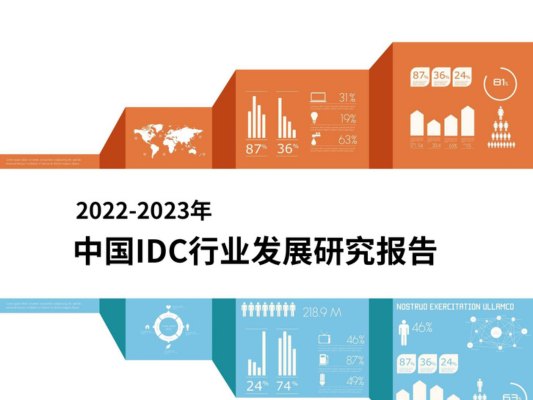Cisco has unveiled its 8223 routing systems, in two configurations, along with its Silicon One P200 chip – tools the networking giant says will boost capabilities for companies’ increasing AI workload demands.
The 8223 systems offer a 51.2 Tbps Ethernet fixed router for AI workloads, and the P200 chip enables interconnect bandwidth scale of more than three exabits per second, the company said. The upgrades will allow hyperscalers and enterprise customers to “scale across” by interconnecting data centers to share massive AI workloads, the company says.
“The core innovation is enabling a scale-across architecture, which enables AI clusters to be reliably and securely distributed across multiple data centers hundreds of miles apart, a necessity as hyperscalers run out of physical space and power capacity for traditional scale-up or scale-out methods,” Ron Westfall, vice president and networking and infrastructure analyst at HyperFrame Research, told Data Center Knowledge.
Competitive Advantages
The new gear is a direct shot at competing offerings from Arista, Juniper, Broadcom, and Nvidia. While most of those systems are aimed at scaling within a single data center, Nvidia’s Xpectrum-XGS is also aimed at scale-across workloads.
Semeh Boujelbene, vice president and analyst with Dell’Oro Group, said Cisco’s focus on deep buffer, which allows larger volumes of data packets to be held to stave off network congestion, is a key differentiator among competitors.
“Cisco’s approach focuses on deep-buffer designs, based on the view that network failures are inevitable… deep buffers act as a critical shock absorber to maintain performance and stability. Nvidia, by contrast, argues that deep buffers introduce unnecessary latency and should be avoided whenever possible,” Boujelbene said in an email interview with Data Center Knowledge.
Power Savings and Reach
Cisco is also banking on greater power efficiency, long-distance reach and enhanced security to give it a competitive advantage, as companies race to find enhanced solutions to meet the power-hungry needs of AI workloads.
Westfall said Cisco’s new systems are “meeting the key challenges of the great data center migration, which is characterized by the sheer demand for physical real estate. Hyperscale facilities now require hundreds of acres of inexpensive land, which is simply not available in densely populated urban and suburban hubs.”
Rakesh Chopra, Cisco’s senior vice president for hardware, said the company is laser-focused on meeting demand while monitoring available power.
“Power is the fundamental constraint in the industry,” he told Data Center Knowledge in an interview. “It is what is driving all decisions at this point. And that is forcing us to scale across data centers in order to continue to scale the workloads.
Chopra said speed, reach, and security will set the new routing systems apart. “Nobody else has a 51.2 Tbps router available – no one else can touch that, and when they do have it, they won’t be able to catch up,” Chopra said.
Cisco claims the new system eats 65% less power compared to previous generations. “Once [competitors] do catch up, it won’t be nearly as power efficient as what we’re talking about,” Chopra said.
Cisco will begin shipping the new routing systems immediately, rolling out to hyperscalers first.
Source Datacenterknowledge




